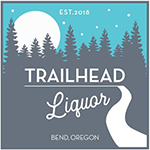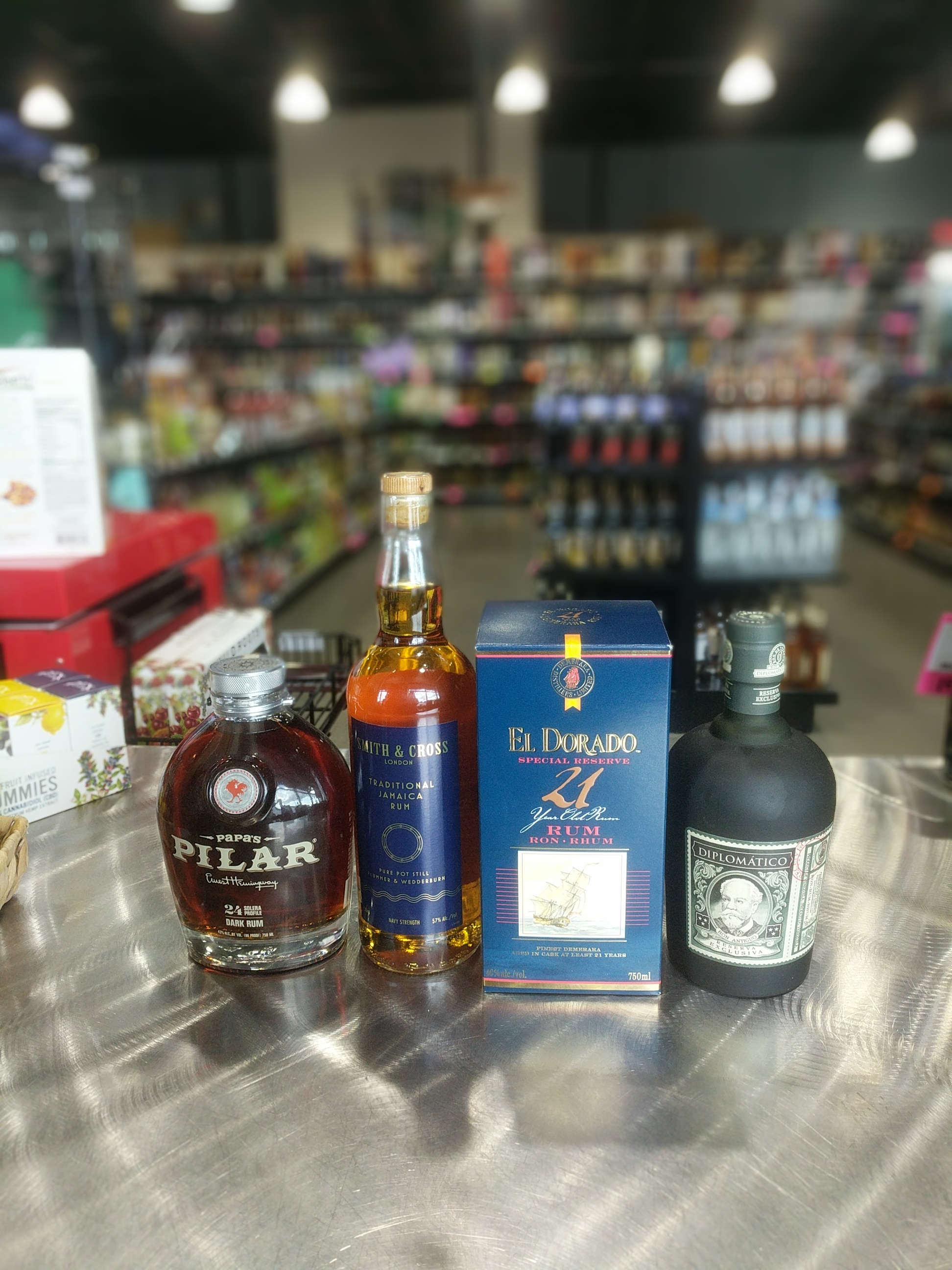Why drink rum? With these words, I will attempt to convert all non-believers, and I will share what makes rum unique and worthwhile.
Not long ago, I thought that rum was sweet and sort of bland other than some very artificial flavorings that are common in the industry. But it took a positive experience with a bottle of exceptional quality, El Dorado 15 Year, to change my mind. Previous to this, my flavors tended much more towards what I might call “typical whiskey” flavors; vanilla, carmel, honey, sweet brown fruit, toffee, brown sugar, spice, tart green fruit, and chocolate. The list could go on endlessly. But despite all of that, even with some of my absolute favorite whiskey (Elmer T Lee, Eagle Rare 17 year, Yellow Spot) I find myself trying to find things to like about it. Not that it’s a chore at all necessarily, but here is where the difference lies for me personally. Rum is simply more approachable, especially a quality aged rum, which, finding one can be a task all its own. But once you are able to find one you will be met with the flavors of deep butterscotch, roasted pineapple, sweet homemade jam, salted caramel, burnt sugar, and cocoa.
Unlike American whiskey or Scotch, which have strict and intense parameters, rum comes from many geographically distinct areas such as Mexico, South America, The Bahamas, Barbados, Jamaica, and even several in the U.S., and Canada. As a result, regulating the production of rum has become basically impossible, thus you have an incredible variation in quality and flavor. Some of the most notable differences would lie in the materials used for production. There are two commonly used practices in the production of rum. The first, and most common is the distillation of rum from molasses. In this process molasses is mixed with proprietary wild yeast and water, then distilled and aged in oak barrels, (often bourbon or fortified wine barrels). The second, and less common practice, is using fermented sugar cane juice in place of molasses. This finished product is known as Rum Agricole, and differs from typical molasses based rum in subtle ways, the most recognizable of which would be a lighter color, a thin mouthfeel, and a less powerfully sweet taste.
Without a doubt, the biggest difference between the regulation of Rum and other aged spirits is this; with rum the age stated on the outside of the bottle is only meant to reflect the maximum age of the spirit held inside. This is an extremely important distinction because people who are familiar with whiskey or scotch will know that the ages stated on those bottles reflect the minimum age of the spirit inside. This leaves the door wide open for trickery and allows for producers to make a barrel of rum with 1% 12 year old rum, and 99% 2 year old rum (or even younger) and then release it to the public with a brazen 12 year age statement, and then charge accordingly. While this may be discouraging to some, for me it only enhanced the thrill of the hunt.
After my first experience with the El Dorado 15 Year I was smitten, and also excited to start my foray into rum. So it was easy for me to select a few rums I wanted to start with because of the connection they had to bourbon. Papa’s Pilar 24, Parce 8 & 12 year, and the Mount Gay XO, all found at Trailhead Liquor, were some that I immediately sprung for because they were all finished in bourbon barrels. Each one is amazingly distinct from the next, yet they all were reminiscent of all of the best qualities of both spirits. Vanilla and toffee notes from the bourbon, mingle with butterscotch, and burnt sugar flavors from the rum to form something truly unique, and something I always find myself reaching for.
Working at Trailhead Liquor has honed my passion for rum. This curiosity has taken me all over the internet to find information about the anthology of this divine spirit, the various production methods, and what it takes to create phenomenal rum. The fruits of this search weren’t clear to me until I found what is called a “Hydrometer Test”. A hydrometer test employs science that is above my understanding, but essentially, one can test a given alcohol for how much sugar is added per liter. This is crucially important to understanding what makes a rum you like taste the way it does, and it can be used as a guide to find something suitable for your palate. As I mentioned above, the rum that won me over was the El Dorado 15 year and after seeing how it faired in the hydrometer test (31 added grams of sugar per 1 liter) I felt I had to analyze my choice a little closer. It makes sense that it tasted so good, each sip had nearly a teaspoon of sugar in it, but (possibly because my background in whisky where additives are severely looked down upon) it didn’t make me feel good about my choice.
However, I knew that I had come to really like rum (nearly regardless of additives) and with this tool (the hydrometer test provided by Johnny Drejer of Drecon.dk) I could scan for rums with little to no added sugar. What I found was that almost any rum producer located in Barbados seemed to have almost no added sugar across the board, the forefront of those being Foursquare, Mount Gay, and The West Indies distilleries. Coincidentally, or not, these distilleries produce some of the highest rated rums of all time.
With the help of other enthusiasts, I was able to procure a sample of rum from both the Foursquare and Mount Gay distilleries, and what I found after tasting both sort of shocked me. What did not shock me was that Foursquare’s 2007 12 year ex-bourbon cask Bajan Rum, was some of the most sensational, velvety, euphoria inducing rum I’ve ever experienced. The browned sugar sweetness perfectly tamed by the bold influence of a full 12 years in bourbon oak. A beautiful tanic dryness combating the oily cask strength mouth coating, a truly near perfect rum. Then it came to the Mount Gay XO, another bourbon cask aged rum, one difference being the lack of an age statement, the other and much more important fact is that Foursquare is always bottled at barrel proof, whereas the Mount Gay comes in at an underwhelming 43%. The lack of proof didn’t allow for these flavors to come together for me, the bourbon influence was almost totally dominant, bringing dry oak and corn ethanol. However the finish certainly redeemed some of the sips negative qualities, bringing light cinnamon and baking spice out of the drying oak.
This illustrates a very important point to me: prior to first hand experience drinking rum, I would have guessed that added sugar automatically made for a worse rum overall, and by deductive reasoning all rum with no added sugar is better overall. But I could not have been more wrong. Now having tried innumerable different rums, I would say that for me personally, most every rum has its application, whether that be a component for eggnog, dark & stormy, maitai, pina colada, daiquiri, or any number of tasty tropical treats, or just a nice sipping rum. Really, whatever you like to drink, there is certainly a rum out there for you, and if you’re anything like me, it will be a ton of fun to find it and the staff at Trailhead Liquor is here to help.
-HB

